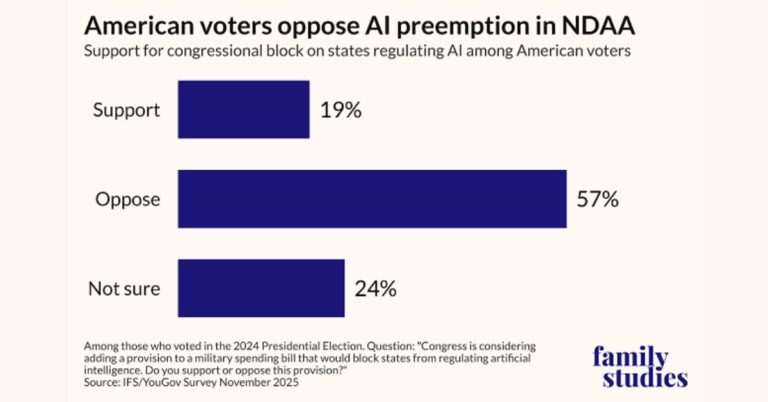In today’s rapidly evolving digital landscape, industrial enterprises are facing unprecedented challenges and opportunities. Disruptions caused by the pandemic, supply chain issues, and intense competition have made it imperative for CIOs to prioritize digital transformation initiatives that seamlessly converge and integrate operational technology (OT) and information technology (IT) domains.
Fortunately, a new stack of digital infrastructure is emerging, one that promises to lay the foundation for the next decade of industrial enterprise digital transformation. This intelligent edge stack comprises private 5G networks, edge computing, containers/Kubernetes (K8s), and artificial intelligence (AI), and it’s poised to revolutionize the way industrial enterprises operate.
Harnessing the Power of Private 5G Networks
At the heart of the intelligent edge stack lies private 5G wireless networks. These networks offer a compelling solution for enterprises seeking enhanced security, data privacy, and regulatory compliance. Unlike public networks, where data traverses shared infrastructure managed by third-party providers, private 5G networks enable organizations to maintain complete control over their data flow, significantly reducing the risk of data breaches and unauthorized access.
Moreover, private 5G networks operate on dedicated spectrum licensed exclusively to the enterprise, effectively creating an impenetrable network environment. This isolation mitigates the risk of external interference, eavesdropping, and potential attacks that could compromise network integrity. By separating OT and IT networks, organizations can implement tailored security policies, comprehensive monitoring, and swift incident response measures, ensuring a proactive defence against evolving cyber threats.
Companies like Niral Networks are the domain experts in private 5G networks for enterprises, offering solutions that enable organizations to leverage the benefits of dedicated spectrum, network isolation, and granular access control, safeguarding critical operations and sensitive data while seamlessly integrating mobile and IoT devices into their IT and OT environments.
Edge Computing: Bringing Intelligence to the Edge
Complementing the power of private 5G networks is the advent of edge computing. This paradigm shift in computing architecture brings the processing power closer to the source of data, enabling real-time data processing and supporting ultra-low-latency and mission-critical applications. By leveraging edge computing, industrial enterprises can unlock the power of distributed infrastructure, enabling cyber-physical systems, immersive media experiences, and reducing the overall amount of data that must be processed in centralized data centers.
Containerization and Kubernetes: Enabling Agility and Scalability
The intelligent edge stack also incorporates containers and Kubernetes (K8s), which provide a robust and scalable platform for deploying and managing applications at the edge. Containerization enables applications to be packaged with their dependencies, ensuring consistent and reliable execution across different environments. Kubernetes, an open-source container orchestration system, simplifies the management and scaling of containerized applications, making it easier for enterprises to deploy and maintain their edge computing infrastructure.
Artificial Intelligence: Driving Intelligent Decision-Making
Finally, the intelligent edge stack leverages artificial intelligence (AI) and machine learning (ML) to drive intelligent decision-making and automation at the edge. By integrating AI and ML capabilities, industrial enterprises can unlock new levels of operational efficiency, predictive maintenance, and process optimization. Advanced analytics and machine learning algorithms can be employed to detect anomalies, identify patterns, and enable proactive decision-making, ultimately driving cost savings and enhancing overall competitiveness.
Unlocking the Potential with Managed Services
While the intelligent edge stack presents a wealth of opportunities, its successful implementation can be complex, particularly for enterprises grappling with skills gaps and ecosystem complexity. This is where managed services from trusted partners can play a vital role. Experienced system integrators and service providers can offer proven solution blueprints, pre-integrated and validated systems, and the capability to manage and operate these systems on behalf of the enterprise, leveraging a variety of risk-sharing and consumption models.
By partnering with these experts, industrial enterprises can offload complexity, benefit from vertical process knowledge, and accelerate their digital transformation journey, ensuring a smoother introduction of the intelligent edge stack and minimizing disruption to existing investments and workflows.
As the adoption of the intelligent edge stack accelerates, industrial enterprises have an unprecedented opportunity to fortify their security posture, enhance data privacy, ensure regulatory compliance, and unlock new realms of operational efficiency and innovation. By embracing this transformative technology stack and leveraging the expertise of trusted partners like Niral Networks, industrial enterprises can position themselves as market leaders in the digital age, driving sustainable growth and competitive advantage.
The evolution of wireless communication technology has seen a significant leap with the advent of 5G networks. While public 5G networks are transforming consumer mobile experiences, private 5G networks are emerging as a critical infrastructure for businesses and industries. This guide explores the power and potential of private 5G networks, their benefits, applications, and the steps needed to implement them effectively.
Private 5G networks represent a transformative technology that can drive innovation and efficiency across various industries. By harnessing the power of private 5G, organizations can achieve enhanced security, low latency, and high reliability, enabling a wide range of applications that were previously unattainable. With careful planning and implementation, private 5G networks can provide a competitive edge in the rapidly evolving digital landscape.








































